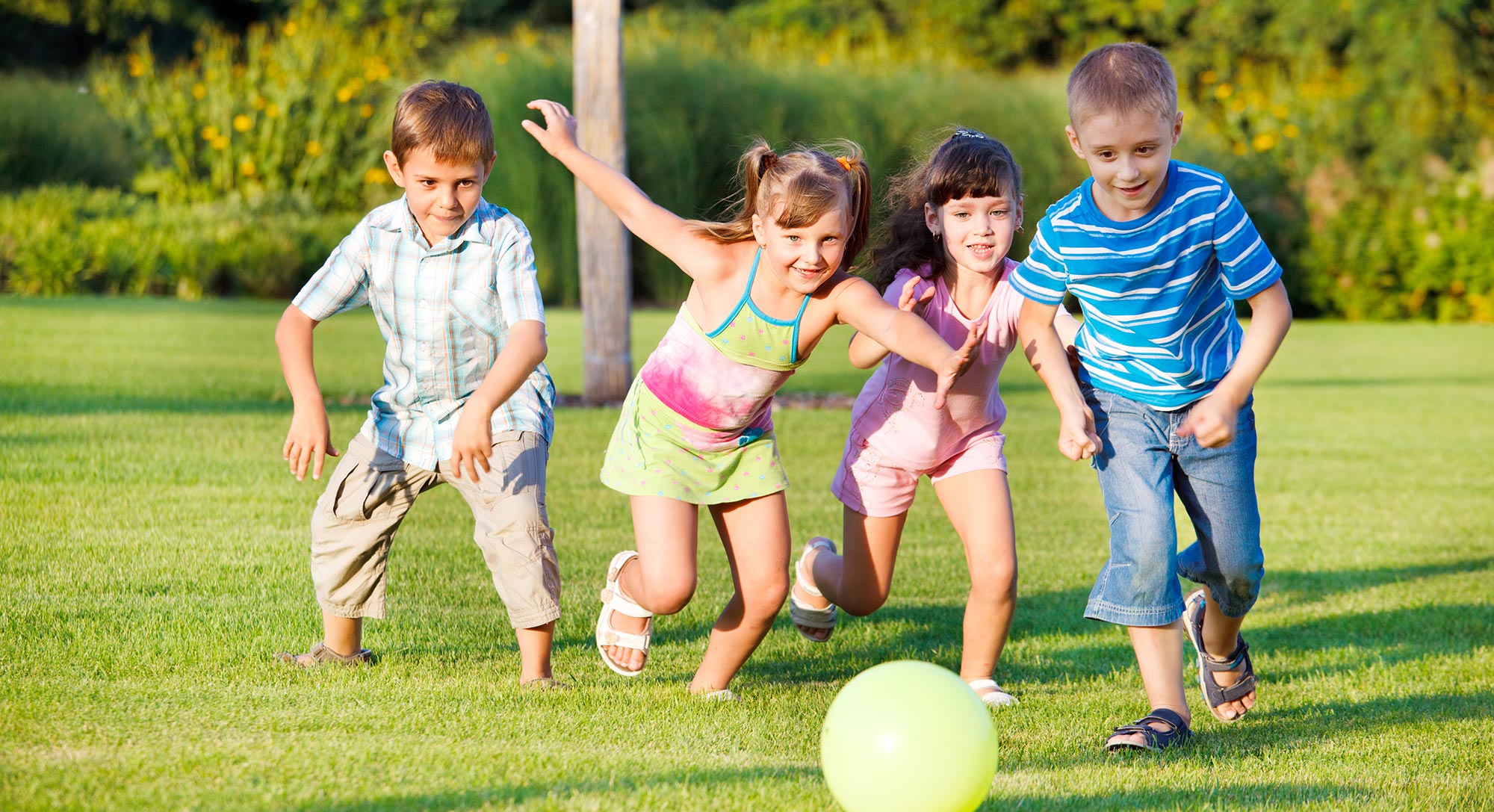The adoption of artificial turf for athletic fields is a rapidly growing trend. Initially, only professional arenas utilized artificial grass due to the high costs involved. However, advancements in technology and the use of repurposed materials have now made it accessible for schools, community organizations, and even homeowners to reap the benefits of synthetic turf.
As you explore options for your sports field, consider these five key ways artificial grass is revolutionizing the game.

Faster Recovery Time
Natural grass fields often require significant recovery time between heavy usage, which can limit practice and playing opportunities. Artificial turf, on the other hand, is much more resilient, allowing for back-to-back scheduling of practices and competitions without the downtime needed for natural grass to recover.
Reduced Injury Risk
While natural grass is softer than dirt, it still poses several risks, including hidden rocks, divots, and uneven surfaces that can lead to injuries. Artificial grass provides a smooth, uniform playing surface, reducing the likelihood of players tripping or falling. The cushioned underlayer of synthetic turf also absorbs impacts better than traditional dirt, making it safer for athletes to skid, tackle, and land.
Minimal Maintenance
Maintaining natural grass is both time-consuming and costly. Sports fields need regular mowing, fertilizing, and reseeding to prevent bald spots, which are both unsightly and hazardous. Artificial grass requires minimal upkeep—typically just an occasional wash with a water hose—saving time and money that can be redirected towards other team needs.
Increased Versatility
Sports fields often serve multiple purposes for communities and schools. Natural grass cannot withstand the wear and tear from various activities like high school graduations or heavy foot traffic, which can create unsightly trails and holes. Artificial grass, however, can endure these events without sustaining damage, making it an ideal surface for multi-use fields.
Maintain Continuity
For fields dedicated to specific sports, artificial grass offers the advantage of maintaining consistent conditions. Field lines can be sewn directly into the turf, eliminating the need for frequent re-chalking. Additionally, since mowing is not required, there's no need to move goals or equipment, ensuring a constant, unchanging playing surface that allows athletes to focus solely on the game.
Choosing the right surface for a sports field significantly impacts the game’s outcome and experience. Artificial grass not only enhances the playing conditions for athletes but also offers aesthetic appeal, creating a visually pleasing field. This season, elevate the experience for players and fans alike with a lush, green artificial turf field that stays pristine year-round.
